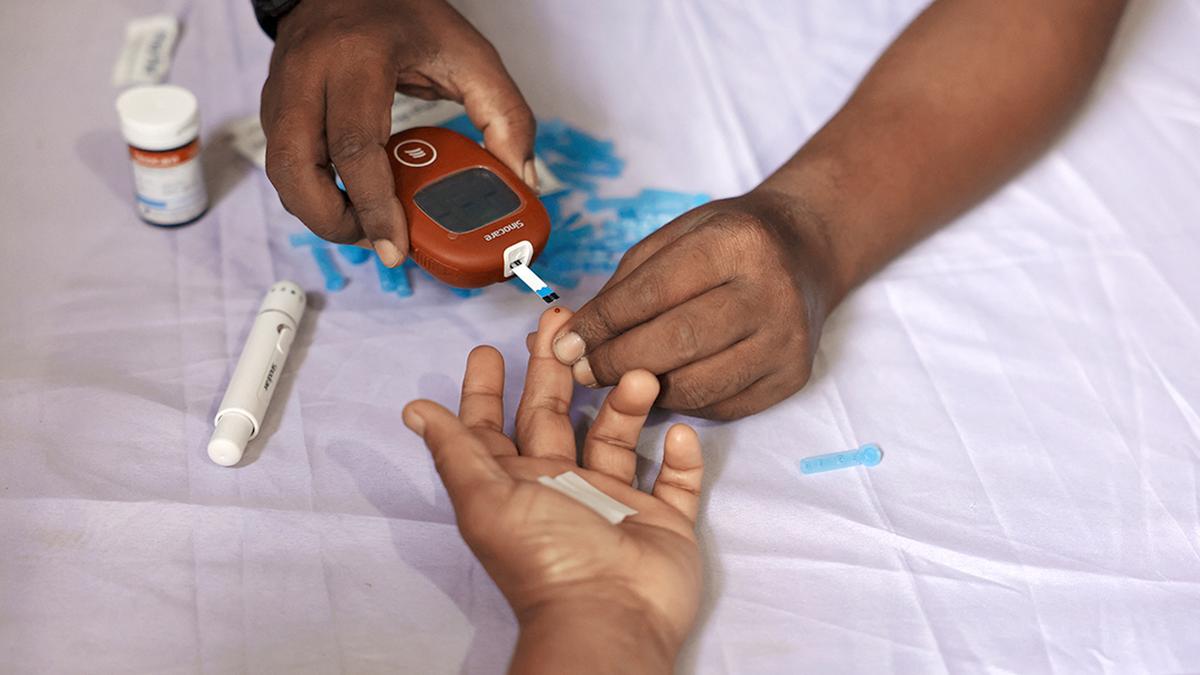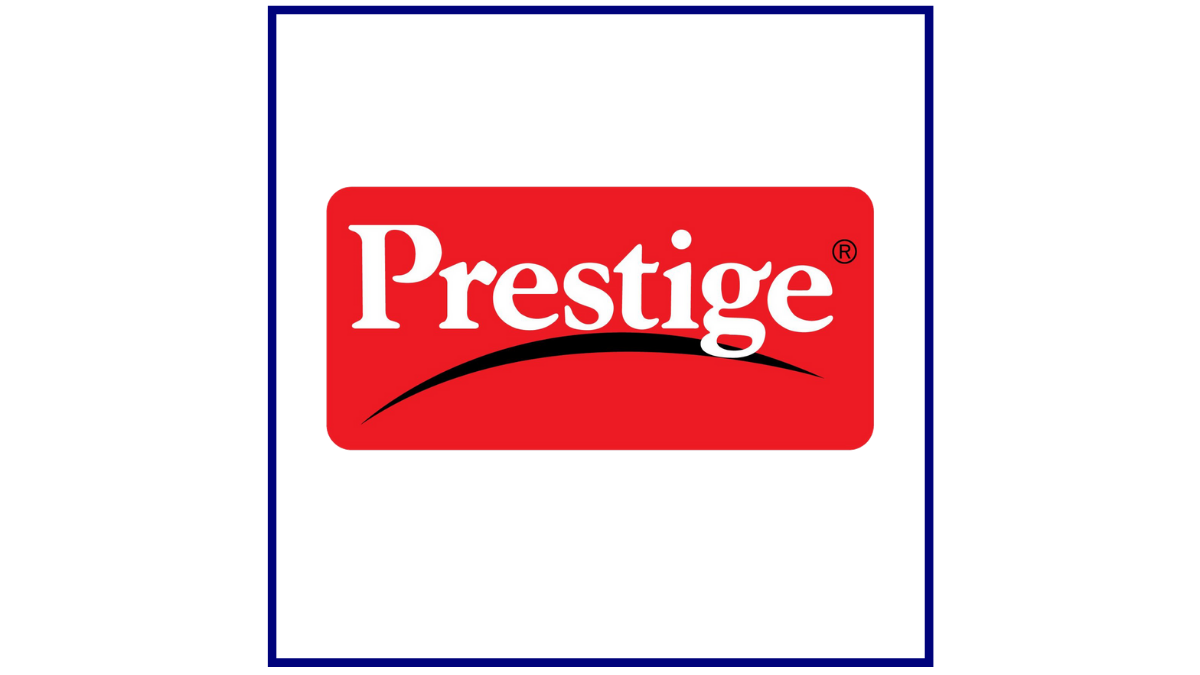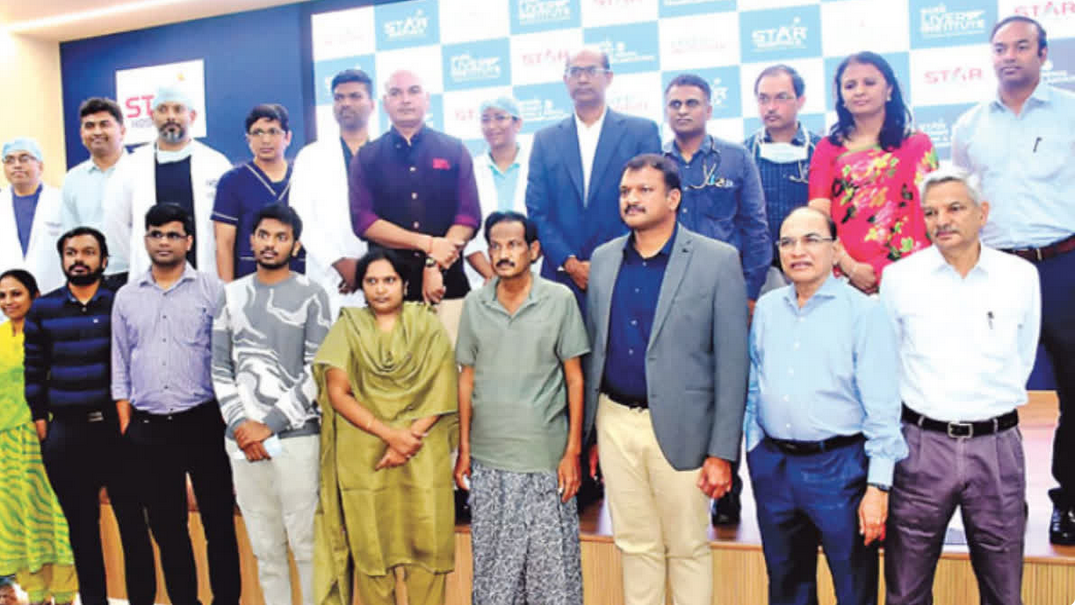Pfizer Inc. today announced results from the Phase 3 CROWN trial of LORBRENA (lorlatinib, available in Europe under the brand name LORVIQUA) versus XALKORI (crizotinib) in people with previously untreated anaplastic lymphoma kinase (ALK)-positive advanced non-small cell lung cancer (NSCLC) were published online ahead of print in the New England Journal Of Medicine.
At a planned interim analysis, LORBRENA treatment resulted in statistically significant and clinically meaningful improvement in progression-free survival (PFS) according to blinded independent central review (BICR), the primary endpoint, compared to XALKORI (HR 0.28: 95% CI, 0.19 to 0.41; p<0.001), corresponding to a 72% reduction in the risk of progression or death. The trial is continuing for the secondary endpoint of overall survival (OS), which was not mature at the time of analysis.
“For nearly a decade, we have been committed to transforming the treatment of non-small cell lung cancer through the development of innovative medicines like LORBRENA, a third-generation ALK-inhibitor specifically developed to inhibit the most common tumor mutations that drive resistance to current medications and to address brain metastases,” said Chris Boshoff, M.D., Ph.D., Chief Development Officer, Oncology, Pfizer Global Product Development. “The prolonged progression-free survival data and intracranial responses seen in the CROWN trial highlight the potential role for LORBRENA to significantly improve outcomes for people with previously untreated ALK-positive advanced NSCLC and we are pleased that these data will be reviewed as part of the FDA’s Real-Time Oncology Review (RTOR) pilot program.”
As a secondary endpoint, the confirmed objective response rate (ORR) was 76% (95% CI, 68 to 83) with LORBRENA and 58% (95% CI, 49 to 66) with XALKORI. Additionally, LORBRENA showed increased intracranial activity compared with XALKORI. In the LORBRENA arm, 96% (95% CI, 91 to 98) of people were without central nervous system (CNS) progression at 12 months compared to 60% (95% CI, 49 to 69) in the XALKORI arm (HR 0.07: 95% CI, 0.03 to 0.17). In people presenting with measurable brain metastases (n=30), the intracranial ORR was 82% (95% CI, 57 to 96, n=14) with LORBRENA and 23% (95% CI, 5 to 54, n=3) with XALKORI; intracranial complete response rates of 71% and 8% were seen in each arm, respectively.
“Biomarker-driven medicines have improved outcomes for people living with ALK-positive non-small cell lung cancer, but innovative therapies are still needed to delay disease progression,” said Benjamin Solomon, M.D., Department of Medical Oncology, Peter MacCallum Cancer Centre. “The results from the CROWN trial demonstrate that LORBRENA has the potential to be a practice-changing, first-line option, and we thank the many people and their families who participated in this trial.”
In this trial, adverse events (AEs) occurring in >20% of patients treated with LORBRENA were hypercholesterolemia (70%), hypertriglyceridemia (64%), edema (55%), weight increase (38%), peripheral neuropathy (34%), cognitive effects (21%), and diarrhea (21%). Grade 3 or 4 AEs occurred in 72% of people treated with LORBRENA and 56% of people treated with XALKORI. The most common Grade 3 or 4 AEs for LORBRENA were hypertriglyceridemia (20%), increased weight (17%), hypercholesterolemia (16%), and hypertension (10%). Adverse events leading to permanent treatment discontinuation occurred in 7% of people treated with LORBRENA and 9% of people treated with XALKORI.
CROWN is a global, Phase 3, randomized, open-label, parallel 2-arm trial in which 296 people with previously untreated ALK-positive advanced NSCLC were randomized 1:1 to receive LORBRENA monotherapy (n=149) or XALKORI monotherapy (n=147). The primary endpoint of the CROWN trial is PFS based on BICR. Secondary endpoints include PFS based on investigator’s assessment, OS, ORR, intracranial objective response, and safety.
In 2018, the Food and Drug Administration (FDA) approved LORBRENA for the treatment of patients with ALK-positive metastatic NSCLC whose disease has progressed on crizotinib and at least one other ALK inhibitor for metastatic disease; or whose disease has progressed on alectinib or ceritinib as the first ALK inhibitor therapy for metastatic disease. This indication is approved under accelerated approval based on tumor response rate and duration of response. CROWN is the confirmatory trial for the conversion to full approval. Based on the positive outcome of the CROWN trial, the data will be reviewed under the FDA’s Real Time Oncology Review pilot program and will be shared with other health authorities to seek approval for an indication that includes previously untreated ALK-positive advanced NSCLC.
Lung cancer is the number one cause of cancer-related death around the world. NSCLC accounts for approximately 80-85% of lung cancers, with ALK-positive tumors occurring in about 3-5% of NSCLC cases. In 2020, an estimated 13,000 new cases of ALK-positive NSCLC are expected to be diagnosed in the G7.

 “The results from the CROWN trial demonstrate that LORBRENA has the potential to be a practice-changing, first-line option, and we thank the many people and their families who participated in this trial.â€
“The results from the CROWN trial demonstrate that LORBRENA has the potential to be a practice-changing, first-line option, and we thank the many people and their families who participated in this trial.â€









.jpeg)











.jpg)








